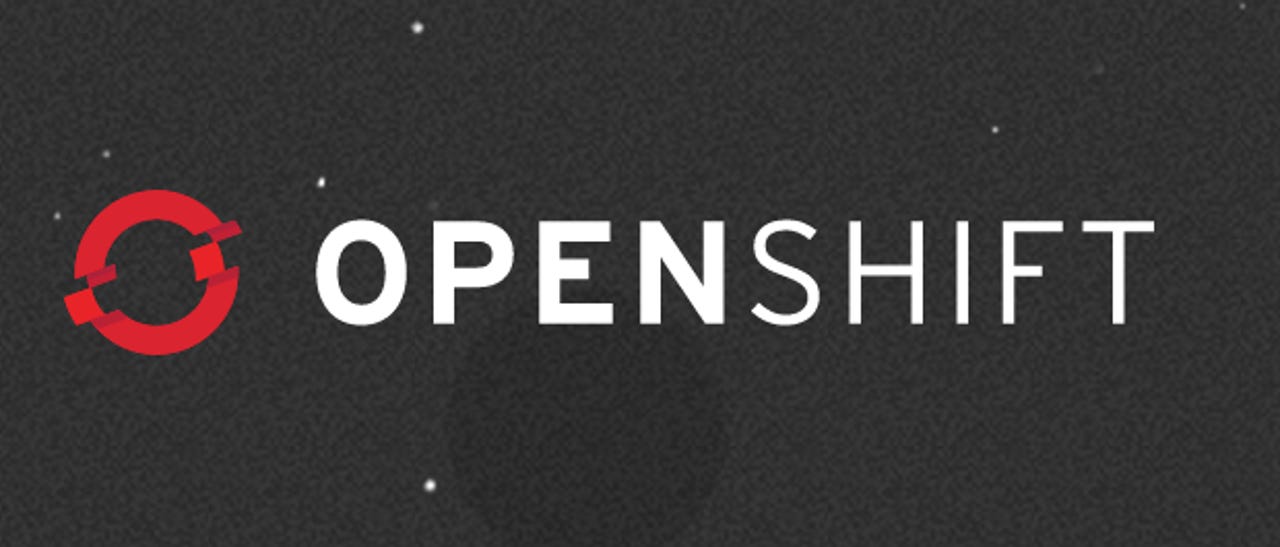Red Hat rolls out container-based OpenShift Enterprise 3 cloud

Red Hat is convinced that the future, and clouds, belong to containers. In today's release of its Platform-as-a-Service (PaaS) cloud, OpenShift Enterprise 3, Red Hat is basing it on Docker containers, Kubernetes orchestration and Red Hat Enterprise Linux (RHEL) 7.

OpenShift Enterprise 3 is designed to deliver a container-based application platform that will provide a secure, efficient way to develop, deploy and run application services. It will do this in part by giving OpenShift users access to certified safe containers from the new Red Hat Container Certification Program.
For enterprises that want to use containers in a really big -- read data-center -- way, OpenShift Enterprise 3 also includes Kubernetes. This is Google's web-scale, open-source, container orchestration and management engine. Every Google program, every search you make with Google, is done using Kubernetes
Red Hat isn't just adopting Docker and Kubernetes. The company is also a leading upstream contributor to both open-source projects.
Why is Red Hat moving to containers? Ashesh Badani, Red Hat's general manager of OpenShift, explained, "It would be far easier to continue on the path we put ourselves on more than four years ago, with a highly adopted public cloud platform and an established enterprise customer base. But, we pride ourselves on being an open-source company that sees change before our users, and that collaborates with communities to develop the best possible solution for our customers."
Put it all together and as, Jay Lyman, 451 Research's Research Manager of Cloud Platforms, said in a statement, "As the disruption of application container software continues to grow, Red Hat is among the earliest and deepest supporters of the technology, particularly with its focus on enterprise-readiness for containers in its OpenShift Enterprise 3. With natively-integrated Docker containers and Kubernetes container orchestration, Red Hat has fully embraced the trend."
Tech Pro Research
In addition to its new container infrastructure platform, OpenShift Enterprise 3 had added a wide selection of tools for developers to create and collaborate on application projects. These can leverage OpenShift web, shell, or integrated development environment (IDE) interfaces.
With these, Red Hat claims, "developers can push their application code directly from GIT and automate the Docker image build process using OpenShift's innovative source-to-image build capabilities." Programmers and operators can also manage application deployments and rollbacks and integrate with their existing development and continuous integration tools.
OpenShift Enterprise 3 includes enterprise middleware services from the Red Hat JBoss Middleware portfolio. It also includes Red Hat JBoss Enterprise Application Platform, Red Hat JBoss Web Server (Tomcat) and messaging services with Red Hat JBoss A-MQ application container services.
On top of this, Red Hat is announcing the beta of OpenShift Dedicated, a new public cloud service based on the OpenShift 3 platform. The new OpenShift Dedicated service is designed to enable businesses to quickly build, launch and host applications on a dedicated instance of OpenShift in the public cloud. This, in turn, is managed completely by the OpenShift operations team. This way, a business can focus on applications instead of working out how to get them to work on OpenShift.
Red Hat is introducing a new OpenShift Enterprise 3 administrator course and OpenShift Enterprise 3 developer class. These will be supplemented with a Red Hat Certificate of Expertise in Platform-as-a-Service (PaaS) exam.
OpenShift Enterprise 3 is now generally available, with pricing based on socket and core pair options.
Related Stories: